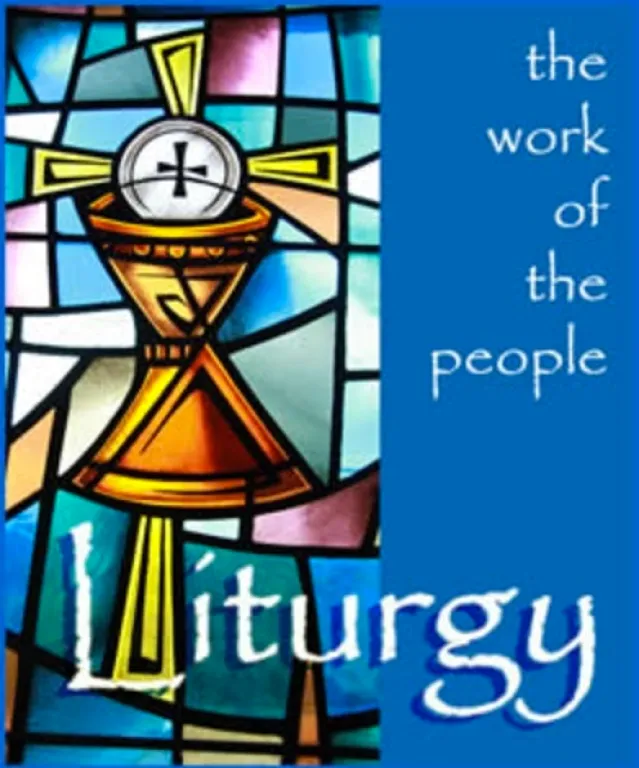DIOCESAN LITURGICAL COMMISSION

The role of the Commission is two fold:
1. To promote high standards of liturgical celebrations in accord with Church documents that concern the liturgy, chief among these documents is “The Constitution of the Sacred Liturgy”.
2. To coordinate the planning of all diocesan liturgical celebrations, chief among which are (but not exclusive to): Chrism Mass, Rite of Election, Ordinations, Jubilee Mass, and the Annual Diocesan Conference
The DLC, to promote higher standards of celebration, strives to do so through:
- Dissemination and explanation of the liturgical theology
- Instruction and catechesis for parish liturgy committees
- Providing a resource to parishes for questions and concerns
- Providing a model in all diocesan and episcopal liturgies
- Through on-going education, catechesis and training of member of the commission
CELEBRATING OUR SACRAMENTS
We Evangelize when we celebrate Sacraments in a beautiful way. Liturgies in the parishes need to give these celebrations the dignity they inherently have.
Some reminders that are basic to all celebrations of the Sacraments:
1. USE the ritual book– it is there for a purpose: it contains the theology of the ritual and the rubrics. There is no better resource.
2. SCRIPTURE is sacred–don’t treat it violently by dissecting it to be read by a group of people and don’t violate it with ill-trained or NON-trained readers. Do NOT skip it for the sake of time.
3. PARTICIPATION is not necessarily about everyone doing something, but about letting ourselves be changed in the Spirit by the mystery of the celebration
4. SUNDAY celebration of Eucharist is the norm for most celebrations of the Sacraments
ART & ENVIRONMENT
Art and Environment are an important aspect to our worship. They add beauty and accent to the beauty and power of the ritual that we gather to celebrate. Art and Environment speaks of a deeper meaning and should invite people into the mystery.
We need to create an environment conducive to prayer and worship, that does not mean that we “decorate” as we do in our homes nor do we “decorate” a lot. Moderation should be observed in the decoration of the altar.”(n 305 GIRM).
One of the key aspects of any art and environment scenario is that it must never take away from the ambo or altar. These two elements are essential to the liturgy. (n. 124 Built of Living Stones).
Avoid gimmicky types of decorations…the Symbols are already in place through the people, the priest, the altar, ambo, and crucifix.
